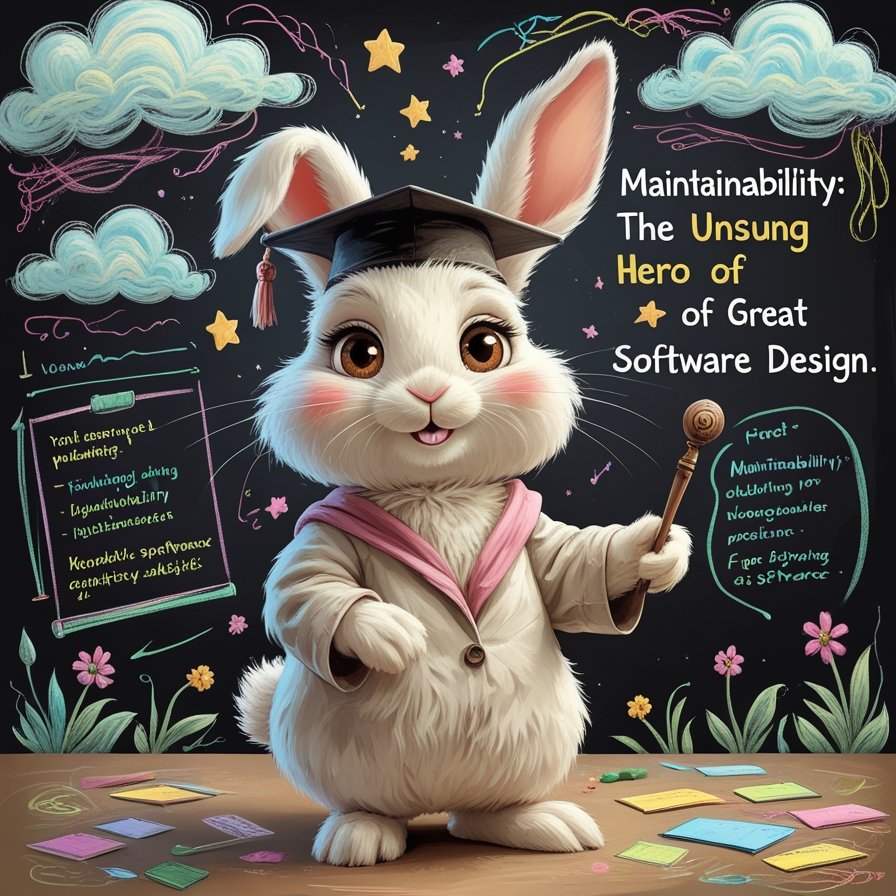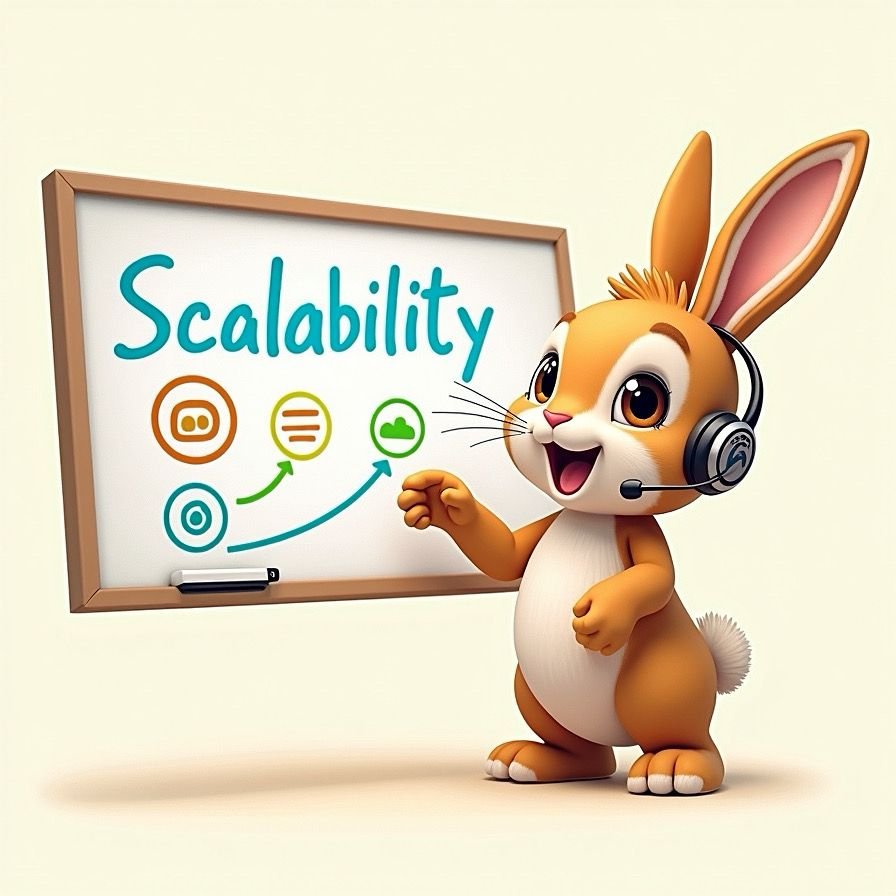
When it comes to building robust systems, we often throw around big words like “scalability,” “reliability,” and “performance.” But here’s the unsung hero we don’t appreciate enough: maintainability. Think of it as the secret sauce that ensures your software stands the test of time while making life easier for everyone who works with it.
In this blog post, I’ll break down what maintainability is, why it’s critical, and how you can achieve it. And don’t worry, I’ll sprinkle in some real-world examples and a dash of humour to keep things lively. Let’s dive in! 🌊
What Is Maintainability, Anyway? 🔍
At its core, maintainability is a system’s ability to adapt, evolve, and stay functional without becoming a source of dread for its engineers. It’s about creating software that can:
- Be modified to meet new requirements.
- Recover quickly from faults.
- Operate smoothly under various conditions.
Think of it like maintaining a car. You want it to run efficiently, be easy to repair, and adapt to new terrains when necessary. The same goes for software systems.
Maintainability has three main pillars: operability, lucidity, and modifiability. Let’s break these down.
Operability: Keeping Things Running Smoothly 🏡
Good operability means your system’s operations team can manage it without pulling their hair out. It involves:
- Monitoring: Keeping tabs on the system’s health (think dashboards that scream when something’s off).
- Automation: Automating routine tasks so humans can focus on the big stuff.
- Documentation: Clear, concise, and up-to-date guides.
- Predictability: A system that behaves as expected, minimizing surprises.
Real-World Example: Imagine an e-commerce platform during a Black Friday sale 🏦. With proper monitoring, automated scaling, and clear documentation, the ops team can ensure smooth transactions even under heavy traffic. Without it? Total chaos.
Lucidity: Clarity Is Key 🎨
Lucidity is about making your system understandable. If your codebase looks like a treasure map drawn by a pirate with bad handwriting, you’ve got a problem.
Here’s what lucidity entails:
- Readable code: Use meaningful variable names, write comments, and avoid spaghetti code.
- Modular design: Break systems into clear, independent modules.
- Consistent terminology: Call a spade a spade, not a “manual soil manipulation device.”
Pun Alert: If your system’s complexity is making engineers shout “WHAT THE FUNC!?” 😂, it’s time to simplify.
Real-World Example: Consider a bug in a legacy payroll system. If the system is lucid, a new engineer can fix the issue in hours. If not, they might spend days deciphering arcane code.
Modifiability: Built to Adapt 🥨
Modifiability is the ability to tweak and extend your system without breaking everything else. Think of it as software Tetris — the pieces should fit seamlessly, no matter how you arrange them.
Key Practices:
- Modular architecture: Design systems so you can update one part without touching others.
- Flexible APIs: Allow for future integrations.
- Test-driven development (TDD): Write tests to ensure changes don’t introduce new bugs.
Real-World Example: A social media platform evolves to support video content alongside images. If its architecture is modular, adding this feature is straightforward. Otherwise, it’s like trying to bake a cake with half the ingredients missing.
Why Should You Care About Maintainability? 🎉
Because the majority of a software system’s cost lies not in its development but in its maintenance. Let’s look at the perks of prioritizing maintainability:
- Reduced downtime: Systems recover faster from faults.
- Lower costs: Less time and effort spent on debugging and patching.
- Happier teams: Engineers aren’t stuck fixing “legacy nightmares.”
- Future-proofing: Easier adaptation to changing requirements.
Achieving Maintainability: Tips and Tricks 🔧
Here’s a cheat sheet for designing maintainable systems:
- Monitor like a hawk: Invest in observability tools like Grafana or Datadog.
- Automate everything: CI/CD pipelines, backups, scaling — you name it.
- Keep it modular: Follow principles like SOLID and microservices architecture.
- Write clean code: Your future self will thank you.
- Document, document, document: If it’s not written down, it doesn’t exist.
- Embrace simplicity: Avoid overengineering; the simpler, the better.
The “Big Ball of Mud” Warning 🎨⚠
Without maintainability, your system could devolve into a “big ball of mud” — a tangled mess of code that’s nearly impossible to work with. It’s a one-way ticket to tech debt hell. Avoid this by focusing on:
- Clear abstractions: Hide complexity behind clean interfaces.
- Consistent practices: Follow coding standards and guidelines.
- Continuous refactoring: Regularly clean up and improve your codebase.
Final Thoughts: Build Systems You Can Love ❤️
Maintainability isn’t just about making your system easier to work with; it’s about creating something you can be proud of. By focusing on operability, lucidity, and modifiability, you’ll save time, money, and countless headaches.
So, next time you’re designing a system, remember: A little effort upfront can save you (and your team) a world of pain later. And hey, your future self will thank you. 🌟

